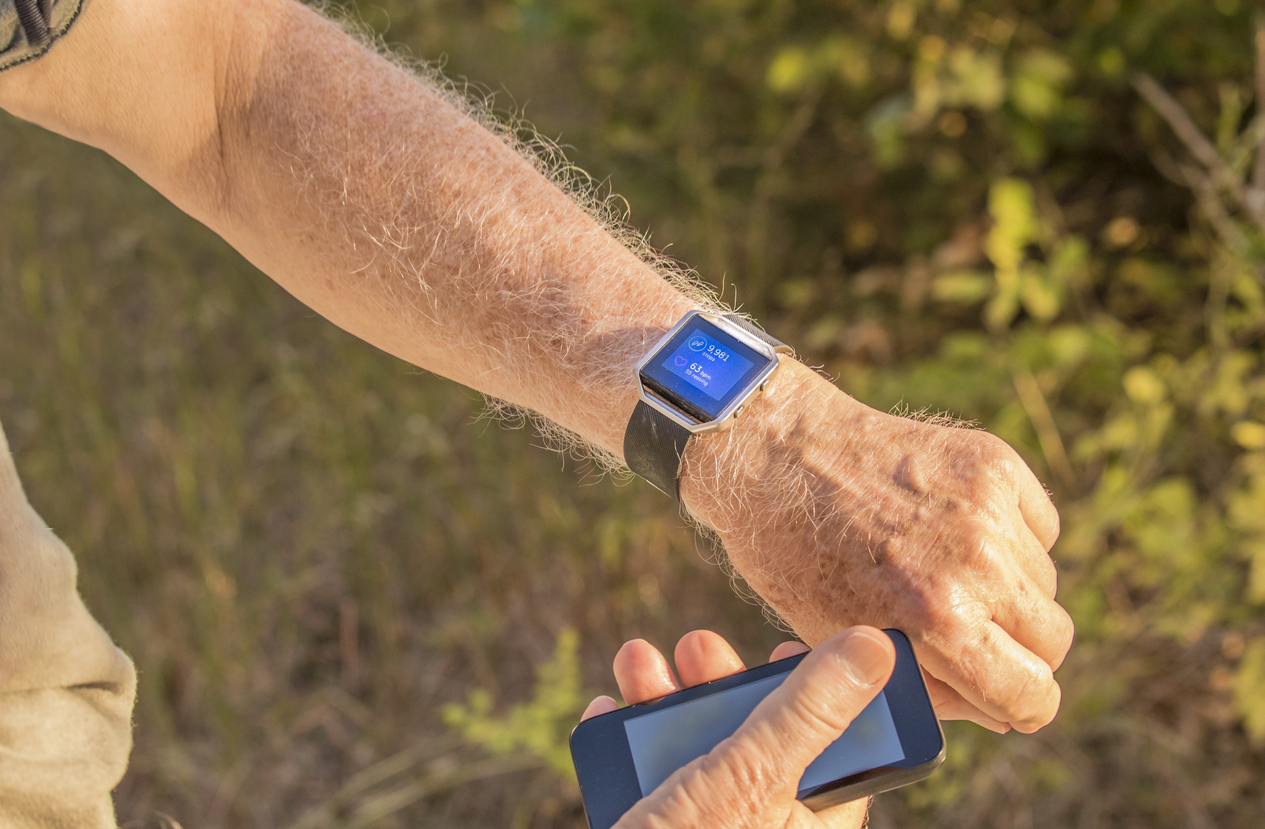
As the coronavirus outbreak continues, all of us – and especially older adults – are considered to be safer at home. By minimizing our contact with others and avoiding public areas, we can slow the spread of the virus in our communities and social circles, but keeping active can be difficult.
It’s the responsible thing to do. But, as the World Health Organization reminds us, staying home means we need to move more – not less.
“It’s possible to keep active, even when you are confined indoors,” said a WHO representative. “Now, as even more of us are living and working or studying in the same space, it is even more important to take active breaks to move, stretch and focus on our mental well-being.”
According to the American Heart Association, as little as 30 minutes a day of brisk walking can lead to better heart health, sturdier muscles and bones, more energy and lower risk of serious illness. Exercise also relieves stress and anxiety – something we can all benefit from right now. When you go for a stroll, your brain produces chemicals like endorphins and serotonin that brighten your mood.
Most important, walking is a generally safe way to exercise during a health crisis. So, what does that look like?
- Walk Outdoors. In many communities, even those under stay-at-home orders, people can still go outdoors to exercise or walk a pet. If you can do so safely, walking in nature is one of the best activities to help you decompress and relax after a long day inside. At The Glenridge, our expansive 90-acre campus affords lots of room for social distancing, and it is adorned by natural beauty: vibrant foliage and plant variety, accented by gazebos, walking trails and fountains. As always, avoid public areas where people are likely to gather, and if you do pass someone, maintain at least six feet of distance. If you feel sick, don’t go outside: Try an at-home exercise instead.
- Walk Indoors. Even if you don’t have access to a home treadmill or standing bike, that doesn’t mean you have to stay seated. Walk around your home whenever you can: when you’re on the phone, tidying up, listening to the radio, or during TV commercials. The key here is to just keep active and keep moving. Consider keeping your smartphone in your pocket or using a pedometer to track your steps. Make sure you’re taking at least 3,000 steps per day. Depending on how active you usually are, your daily goal may be anywhere from 5,000 to 10,000 steps.
- Get on Your Feet. Standing is among the simplest health habits, but it comes with plenty of benefits. It burns calories, lowers blood pressure, improves circulation and may also reduce pain. Stand as often as possible – and when you need to be seated, set a timer to remind yourself to get up every 30 minutes.
At The Glenridge, keeping our members healthy and safe is paramount. For the latest information about our community’s response to the coronavirus outbreak, including rigorous screening and preventive measures, visit our informational page here. To read more about healthy senior living in Sarasota, check out our other blog posts or visit our Facebook.
